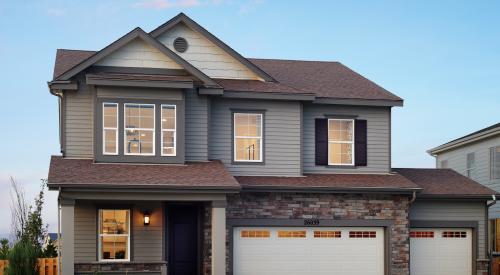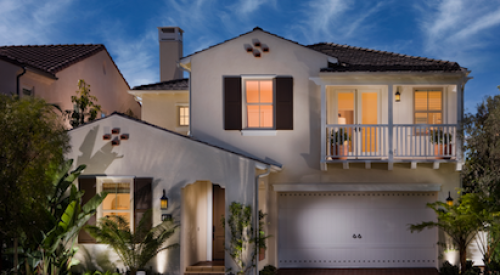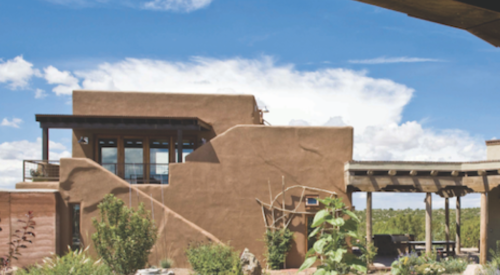The year 2015 was a strong one for many of the nation’s homebuilders. What will 2016 bring? I expect a steady, busy and profitable year, with many of the same challenges as 2015. In other words: success with some cautious optimism. Success came last year because we didn’t develop too much land, we didn’t raise prices too high, and we didn’t over-amenitize our homes in a way that would ultimately price the entire industry out of reach. Here’s advice for 2016.
Be careful about interpreting the word “recovery.” We’ve been in a mild one for quite some time. Delivery volumes are slowly ratcheting up, but we’re only at half of what they should be. Labor shortages and a lack of affordable lots are putting an artificial ceiling on the supply side. Because prices went up fairly early in the cycle, passing increased costs on to homebuyers without creating an affordability hurdle is a challenge.
Our industry isn’t building enough housing to meet fundamental growth. This issue will become a real concern in the long run. Demand has returned, yet we continue to struggle to respond and keep up for 2016. I think we can all agree that these issues create growing pains but they’re much easier to deal with compared to the problems the industry encountered in 2008.
Get ready for the Millennials (again). No forward-looking article would be complete without mentioning oft-discussed Millennials. This group is a diverse lot and spans a big age range; it’s short sighted to conclude that those tens of millions of people across all different regions and ages all want the same type of housing.
This demographic is getting married later, having kids later and is forming households later. Once they’re finally ready to buy a house, their preferences are better defined than the generations before them. Millennials are likely to buy single-family homes. What began last year as an increase in suburban homebuying for our organization with this power demographic will continue to increase in 2016.
Provide open spaces. Two huge trends that will carry over into 2016: more green spaces and more walkability. Master plans that once had golf courses are now catering to buyers with walking paths. We’ll see fewer golf courses, but they’ll never go away. We’ll also see a continuing return to more density as land prices go up. Buyers are willing to sacrifice a big yard for better value and a community where they have open space and trails, with better and closer access to shopping, schools and transportation.
The new year will also see the continuation of a more casual lifestyle and more casual floorplans, such as open kitchens and great rooms, and connecting outdoor living and indoor living space.
Be optimistic about the upcoming year. If 2015 is any indication, I expect to see more of the same as far as the lack of land and lots (has there ever been a year where we did have enough land?) and shortage of labor but the good news is that the demand for housing will increase. Can the industry keep up? I believe we can. Here’s to a prosperous year.
Joel Shine, a third-generation builder, is CEO and chairman of the board of Woodside Homes, based in Salt Lake City. Mr. Shine has been active in the real estate industry for more than 30 years.













